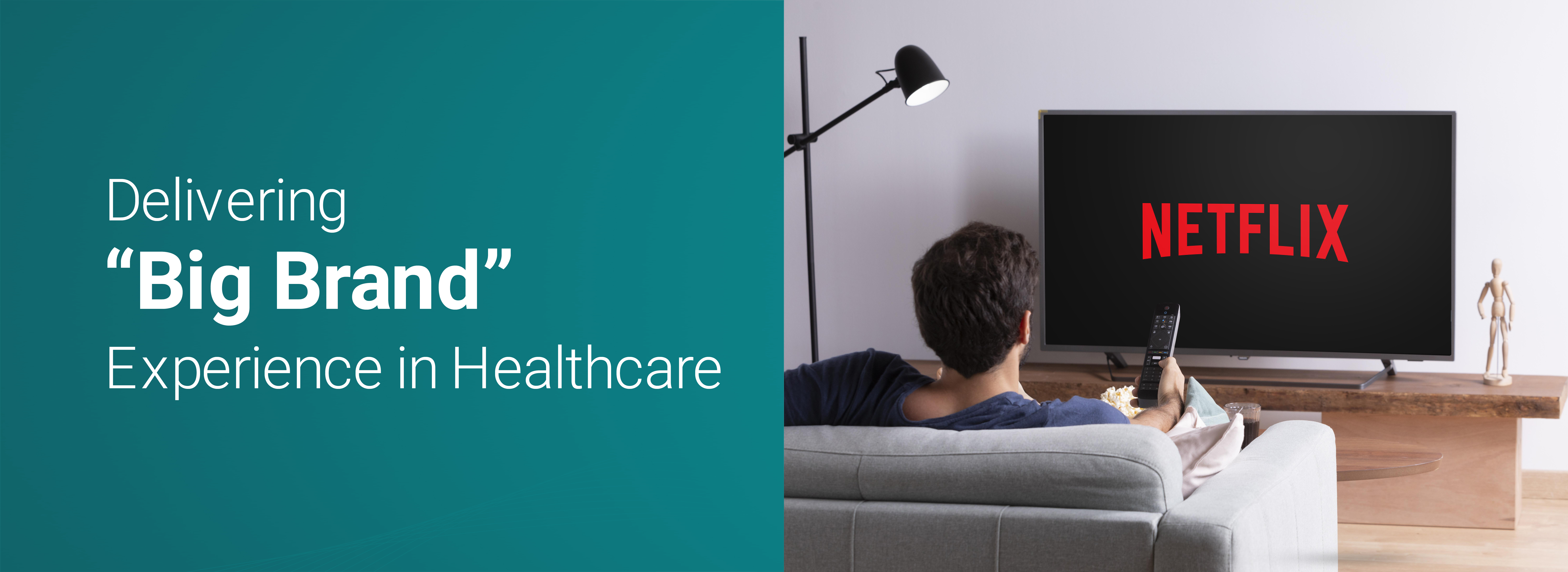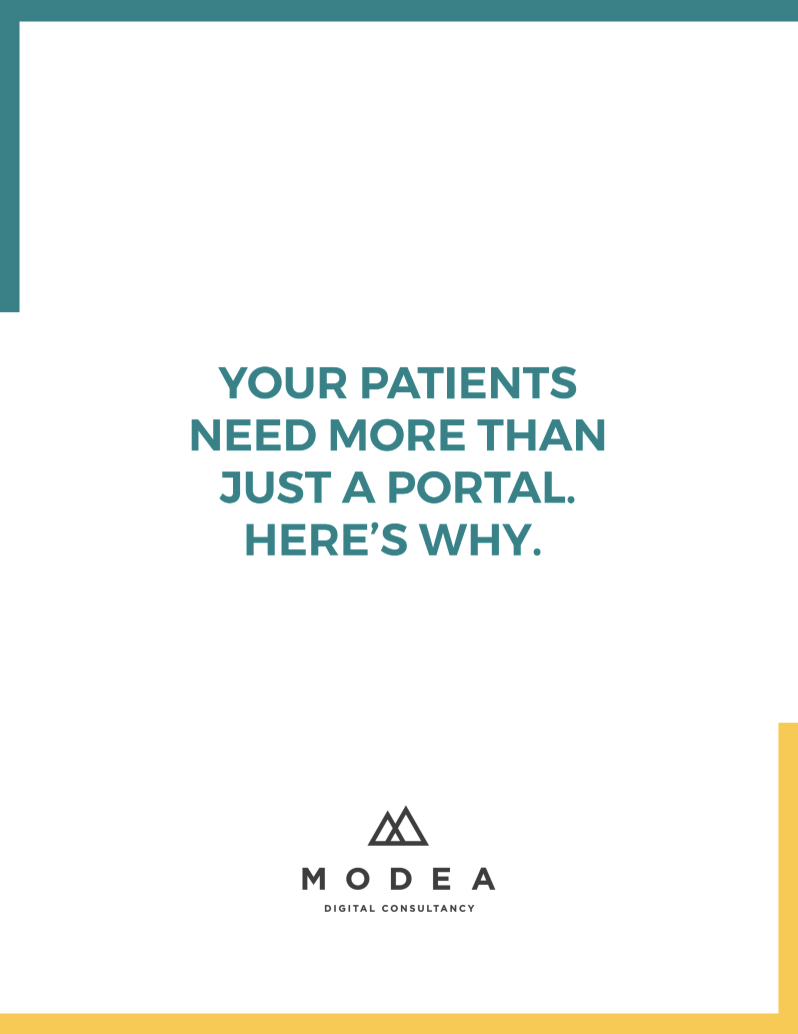
We know “branding” as “the emotional and psychological connection your customers have with your company.” It’s been studied, taught, refined, and pursued. Becoming a true “brand” is what every business aspires to achieve. If done right, brands become part of consumers’ lives and are something they don’t want to live without.
However, reaching this level is no easy task. Major brands like Amazon, Walmart, Marriott, Target, and Netflix have driven consumer expectations beyond the point where many can compete. These brands have entrenched themselves into consumers’ lives. They are redefining what it takes to be a proper brand in today’s world.
It’s not just about the logo or even the products they sell. It’s about the experience. Today, the experience matters almost as much as the end product. In marketing, it’s less about WHAT you sell and more about HOW you package it. This holds true in branding as well. It’s not always about WHO you are; it’s about HOW you deliver a unique experience and make the lives of your consumers easier.
So, what does this mean for healthcare?
Consumers expect their digital experiences to mimic those provided by major retail giants, and those expectations have quickly expanded to the healthcare industry with no signs of letting up. In healthcare, a patient can get a check-up or almost any treatment from a variety of providers. These providers may be located nearby or accessed virtually. Knowing they can receive the same care from multiple providers, patients now find that the experience matters more than ever.
It is no secret that the healthcare industry has undergone significant changes over the past five years. In what seemed like an instant, telehealth needed to go live, patients needed easier and quicker access to care, and they wanted more control over that care journey – all from the comfort and security of their homes. Patients needed better digital tools on devices they were comfortable with, and in a manner they were accustomed to.
Suddenly, brick-and-mortar healthcare systems needed to think about how they could deliver a better digital experience with more robust digital tools than their competitors. Healthcare providers offering better digital experiences, increased access to care, and easier online scheduling began to rise above the fold. They also gained market share by providing a more personalized care journey. This set a new standard that everyone is working towards today.
Recent studies show remarkable data on how consumer expectations around digital have shifted. In the last year, 94% of people who recently used virtual care said they would definitely or probably use it again (with more than 50% saying they would switch providers to one that offers virtual care). Additionally, more than two-thirds of healthcare consumers want a mobile app for their healthcare needs, compared to just half of consumers in 2021.
We continue to see a strong push for healthcare to emulate successful consumer brands by delivering an exceptional patient experience. This mirrors the seamless and engaging interactions we have with those brands. There are a few key areas that all organizations should focus on. These areas are crucial for improving the digital patient experience. Let’s explore the big ones.
Consumer-Centricity:
Big brands prioritize consumer satisfaction, understanding the critical importance of placing the customer at the center of their strategies. Healthcare must continue adopting a patient-centric approach to cater to the needs and preferences of today’s informed patients. For instance, 68% of consumers say they are more likely to choose a medical provider who offers the ability to book, change, or cancel appointments online. To adopt a truly consumer-centric approach, healthcare must shift its thinking. It should consider patients as consumers, giving them choice and the ability to seek alternatives if their needs are not met.
Takeaway: This shows the growing demand for personalized, digital healthcare experiences tailored to individual preferences and lifestyles. Healthcare consumers now have the freedom to seek alternative providers if their current one fails to meet their experience expectations.
Building Trust and Loyalty:
Trust is the cornerstone of successful healthcare delivery. Big brands excel at building trust through transparent communication and consistent experiences. Similarly, healthcare providers can leverage digital platforms to foster trust and loyalty among patients — when they enhance transparency, reinforce ethical practices, boost data privacy, and strengthen security. Research by PwC reveals that 60% of consumers feel more confident in healthcare organizations that offer digital tools and technology.
Takeaway: By investing in user-friendly digital interfaces and secure communication channels, healthcare providers can establish themselves as trustworthy partners in patient care.
Enhancing Access and Convenience:
Digital experiences have revolutionized access and convenience across various industries, and healthcare is no exception. According to a survey conducted by Deloitte, 71% of patients prefer healthcare providers that offer digital appointment scheduling, prescription refills, and access to medical records. Organizations that effectively meet their customers’ needs for better information and digital support can improve satisfaction and retention through increased engagement. This also enhances the value of their services and products.
Takeaway: By embracing digital platforms and telehealth solutions, healthcare organizations can break down geographical barriers and provide on-demand access to care. This ultimately improves patient satisfaction and outcomes.
Data-Driven Insights for Personalized Care:
Big brands leverage data analytics to gain actionable insights into consumer behavior. This enables them to deliver targeted marketing campaigns and personalized experiences. In healthcare, data-driven insights are equally crucial for delivering effective, personalized digital experiences. According to a report by McKinsey, an absence of investment in a robust, modern data and analytics platform could delay value creation in areas that depend on these capabilities.
Takeaway: By harnessing patient data from digital touchpoints such as wearables and mobile apps, healthcare providers can identify trends and predict health risks. They can then tailor treatment plans to individual patient needs using other compliant data gathering methods.
Staying Ahead of the Competition:
In a competitive healthcare landscape, embracing digital transformation is key to staying ahead. Just as big brands innovate to maintain their competitive edge, healthcare organizations must prioritize digital initiatives to remain relevant. A study conducted by Accenture found that 97% of healthcare executives believe continuous advances in technology are becoming more reliable than economic, political or social trends in informing their organization’s long-term strategy.
Takeaway: By investing in innovative technologies and fostering partnerships with digital health companies, healthcare providers can position themselves as leaders in the industry. This attracts patients and talent alike, while adopting agile methodologies to stay competitive.
As healthcare evolves in the digital age, aligning with big brand strategies and prioritizing digital experiences are imperative for success. Healthcare providers can revolutionize the patient experience by embracing a consumer-centric approach. They achieve this by building trust and loyalty, enhancing patient access and convenience, leveraging data-driven insights, and staying ahead of the competition. By following these tactics exemplified by major consumer brands, healthcare leaders can foster a more connected and efficient future. We believe there is a transformative potential of digital healthcare experiences to meet the evolving needs of patients.


